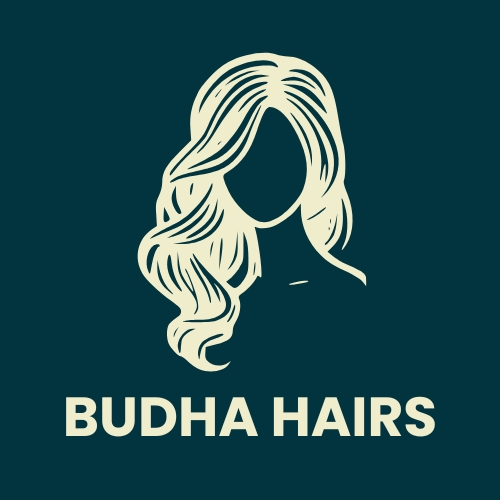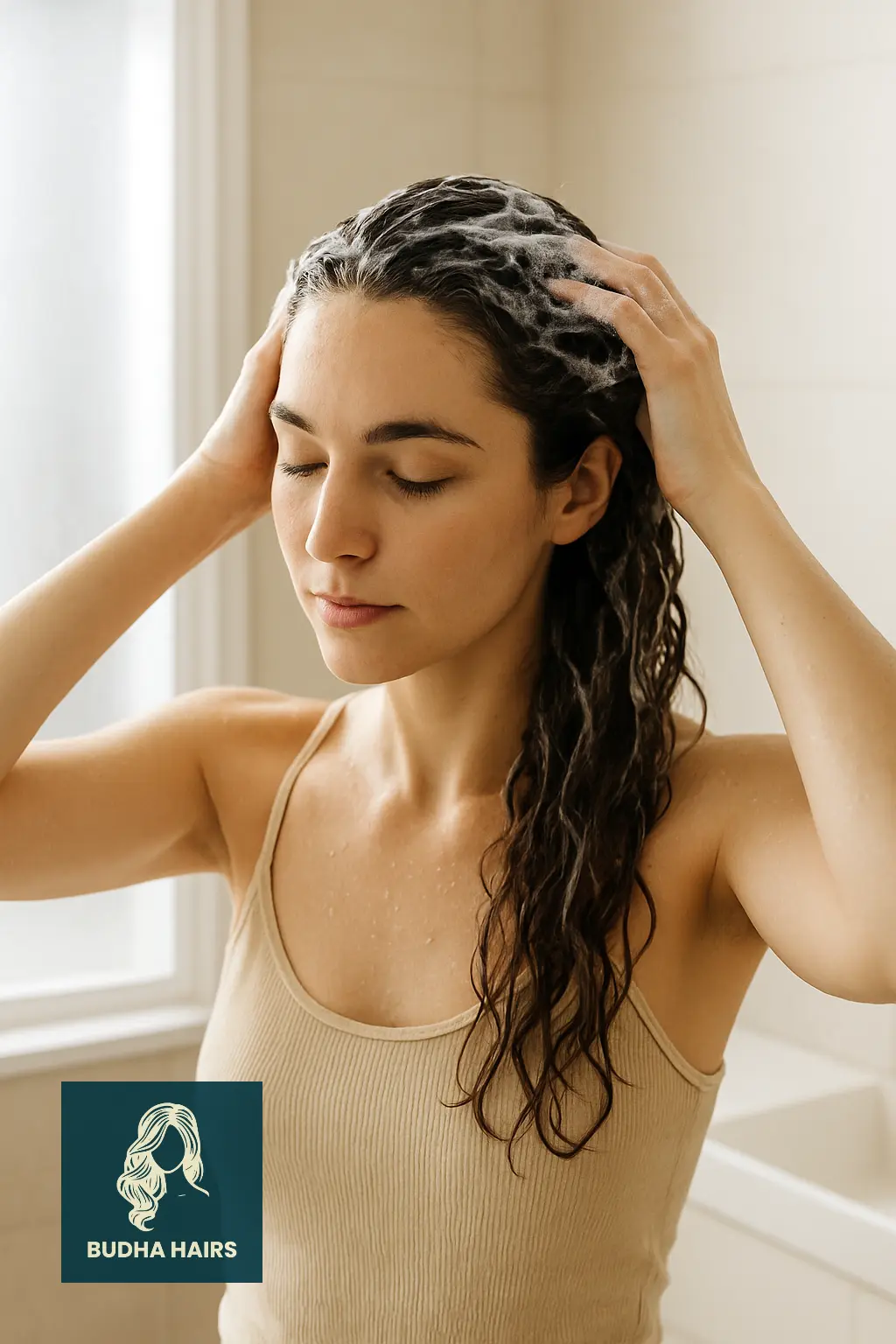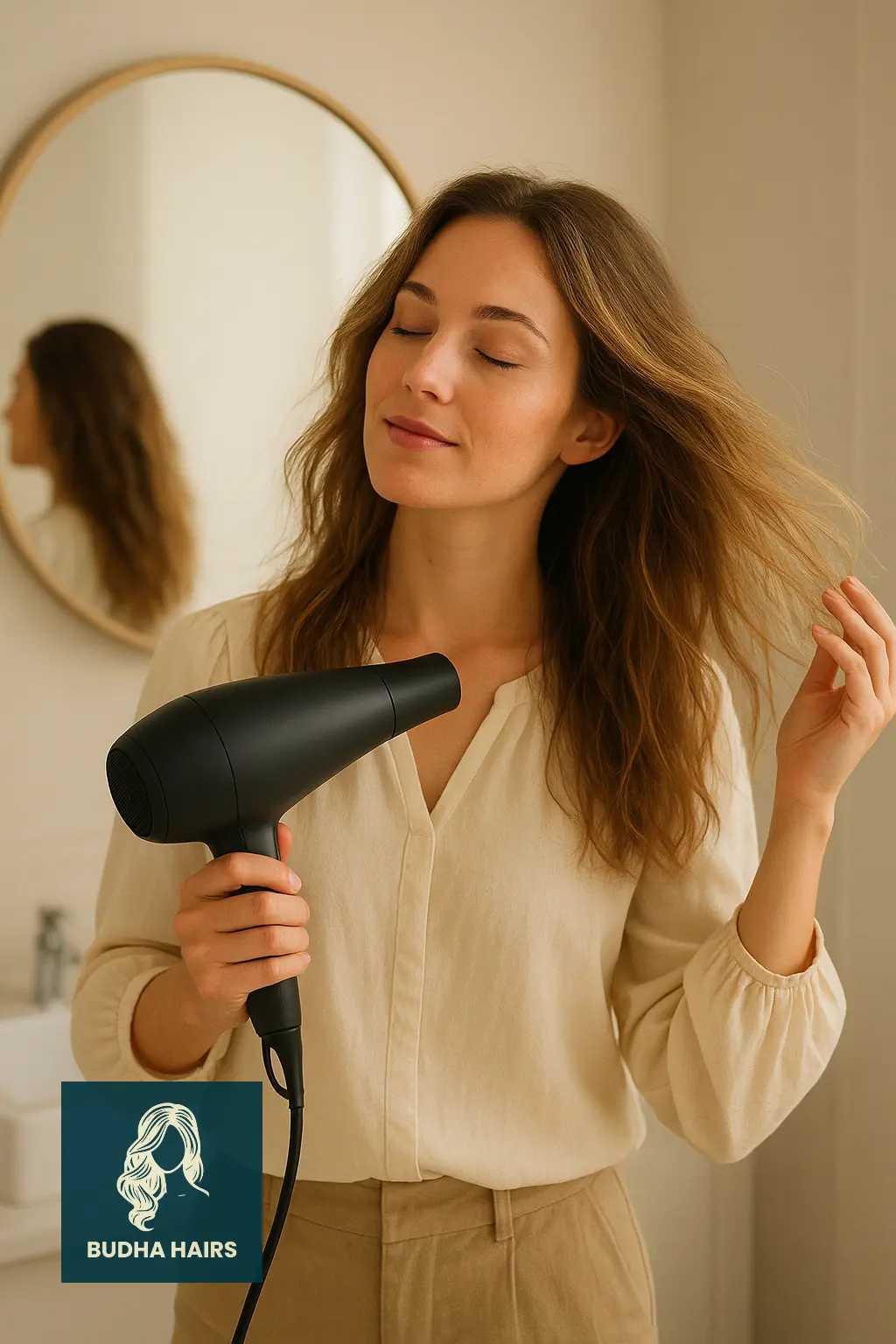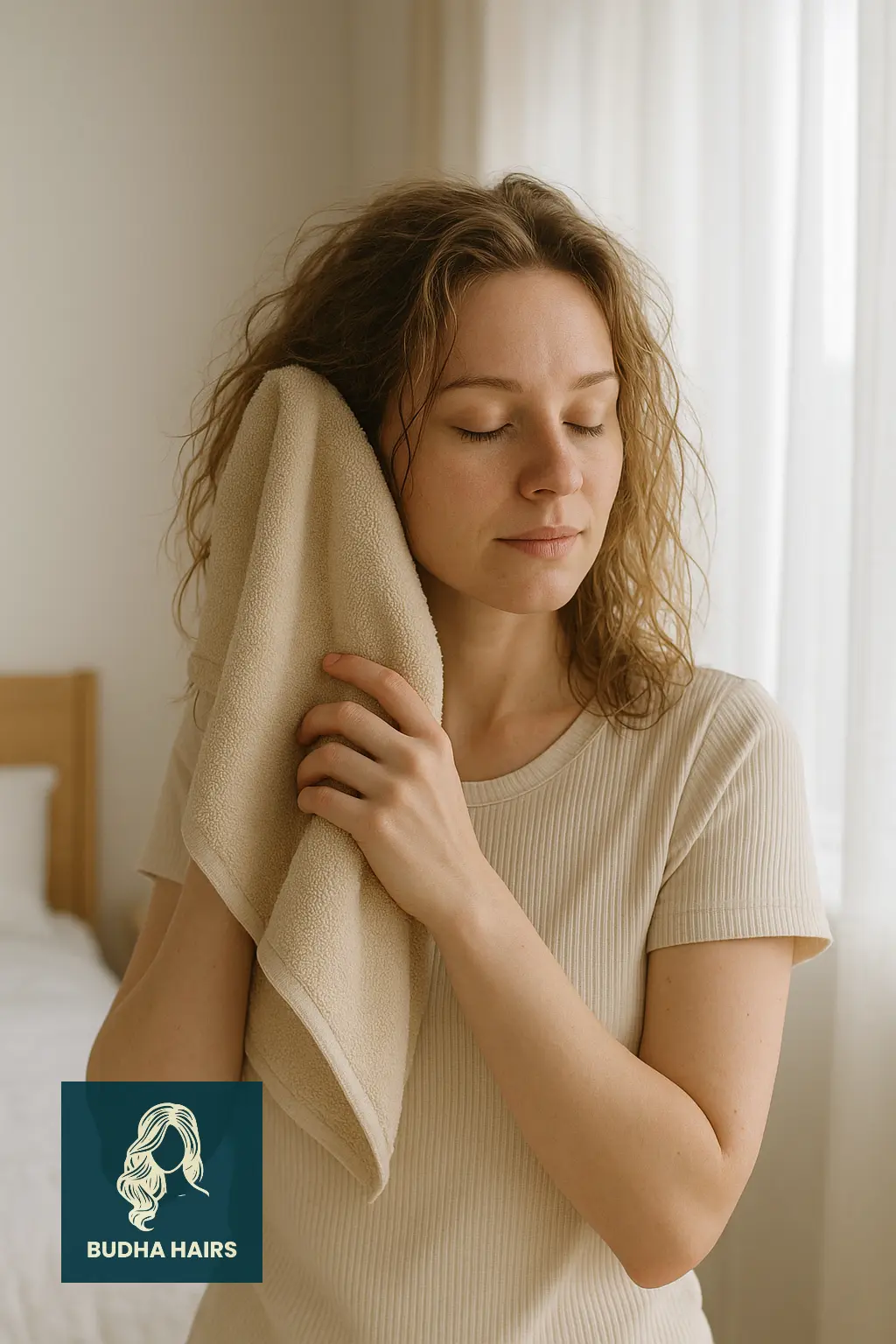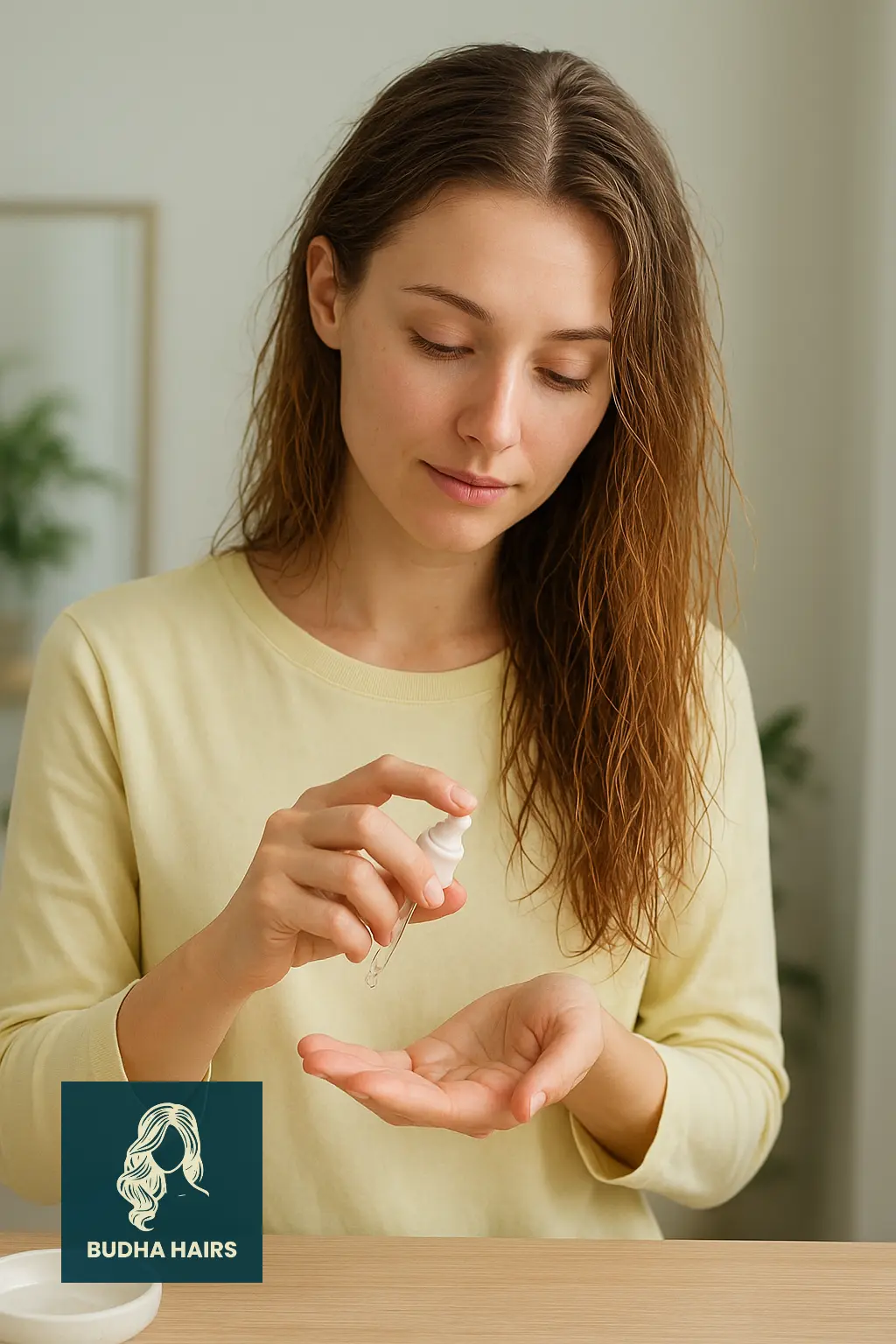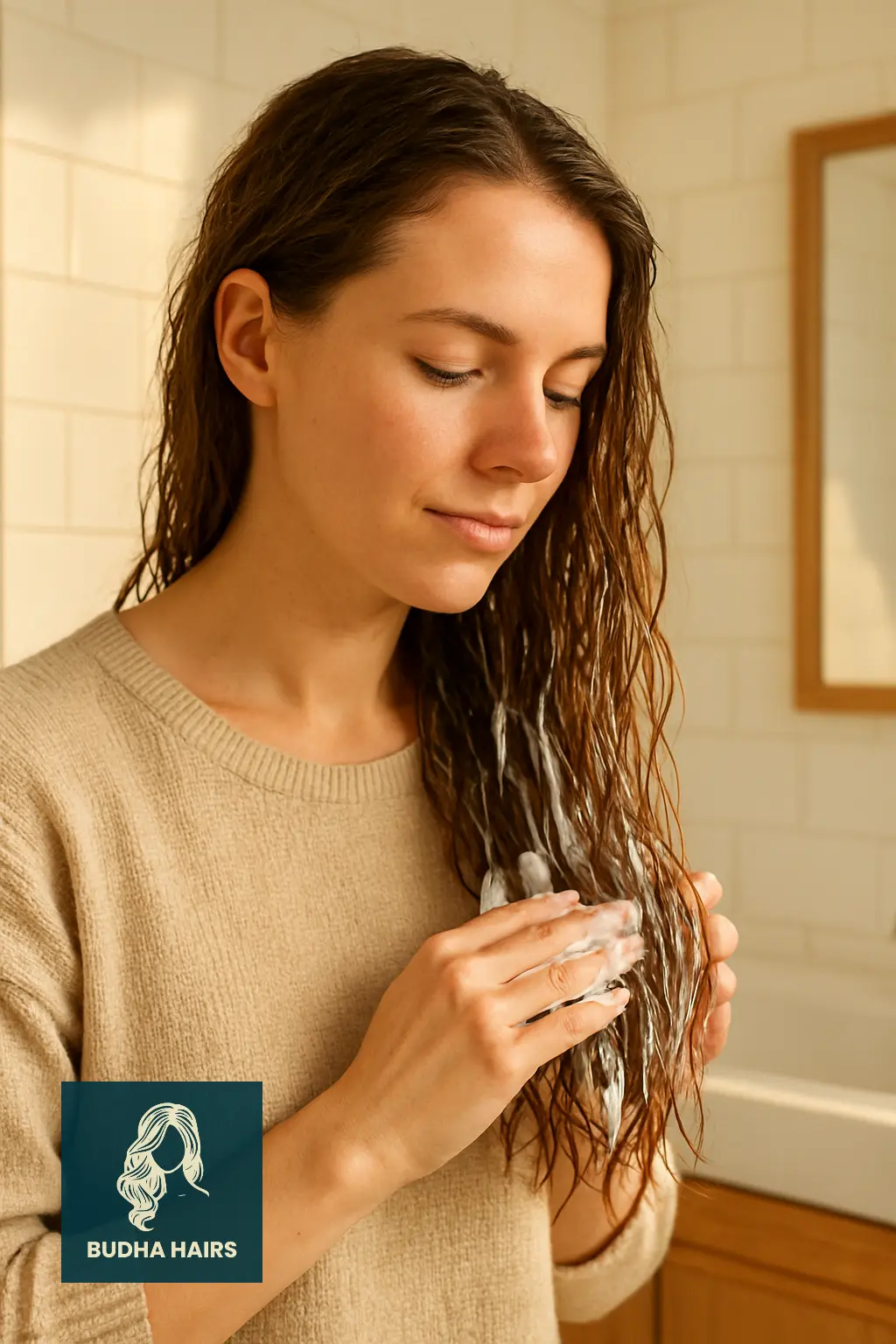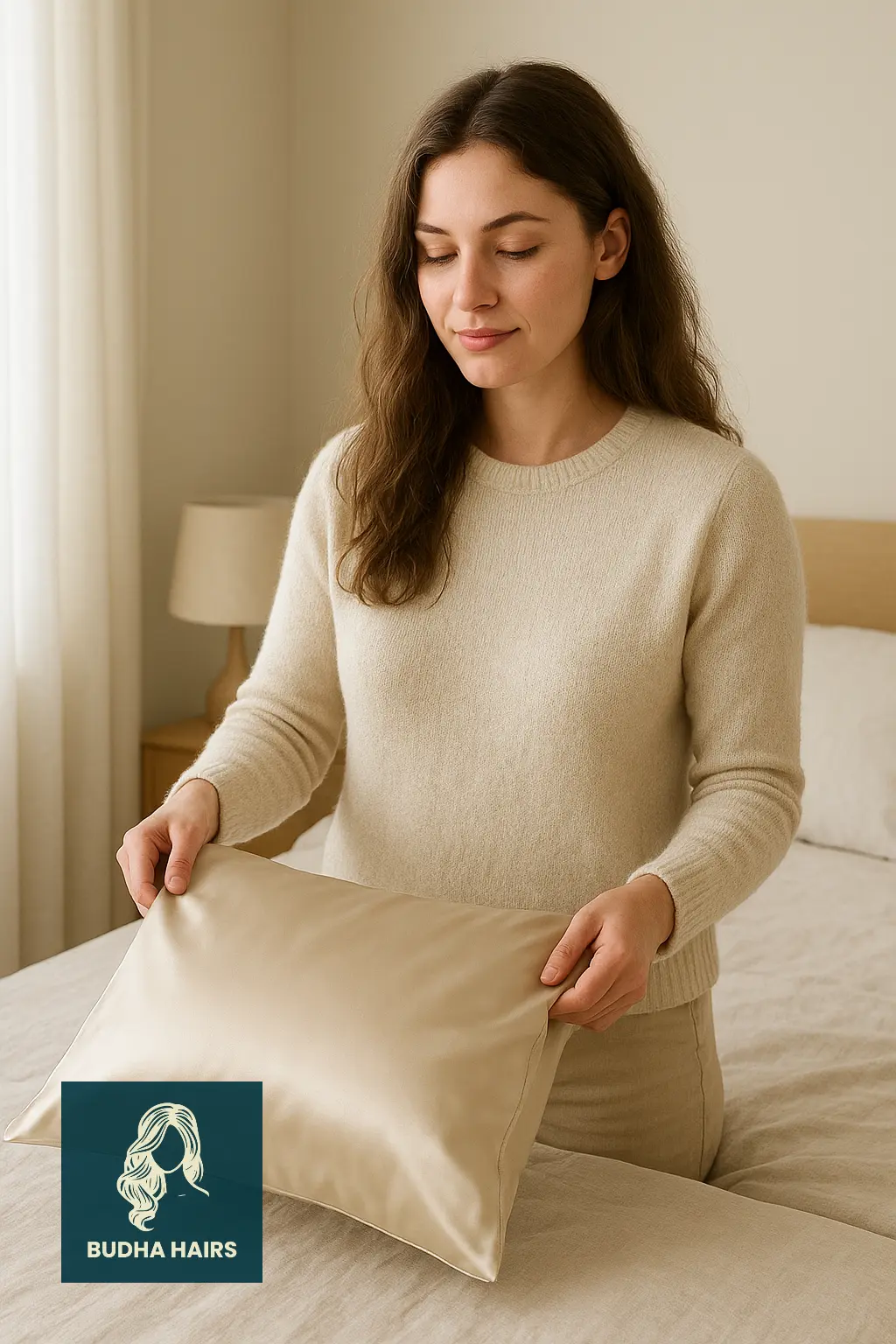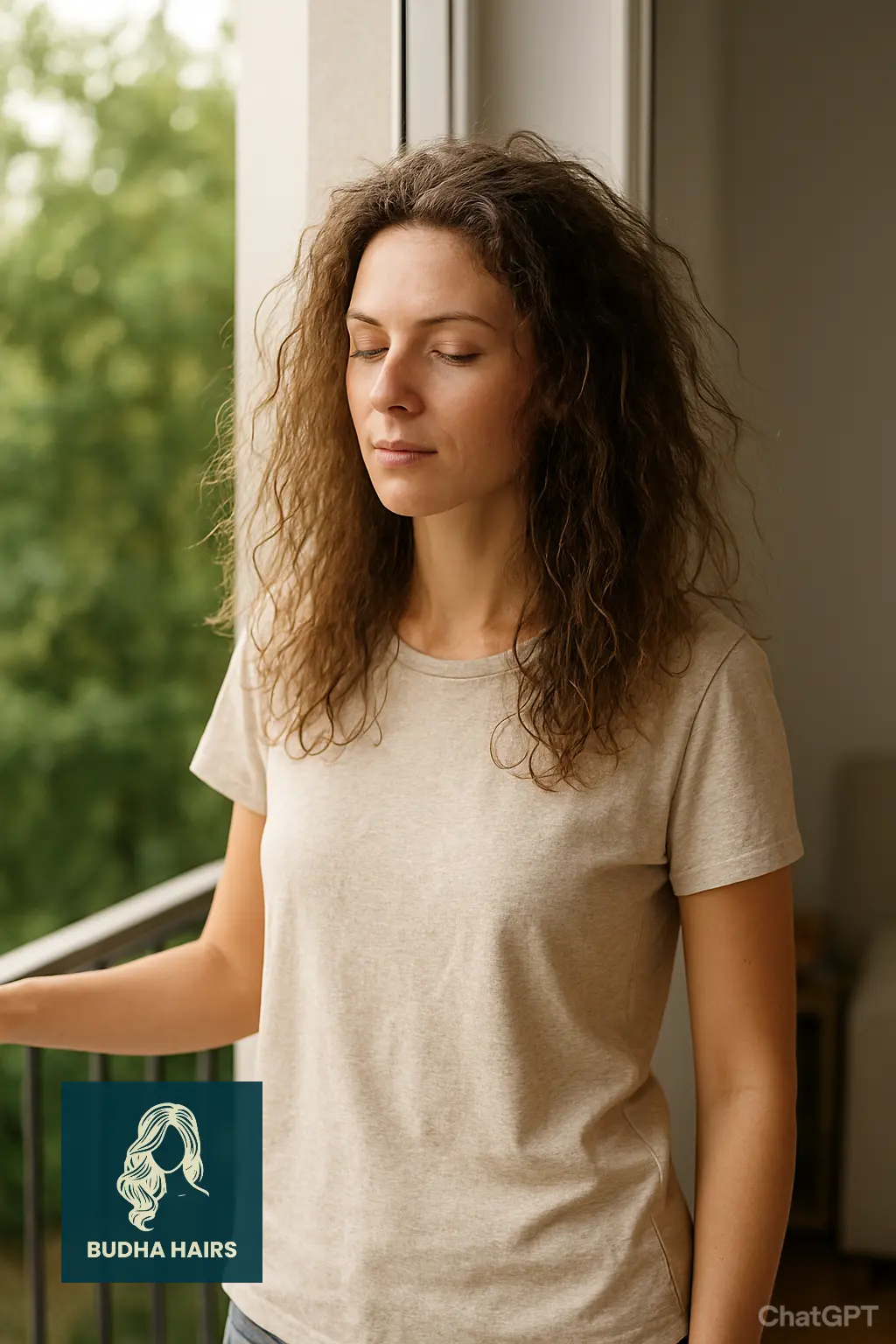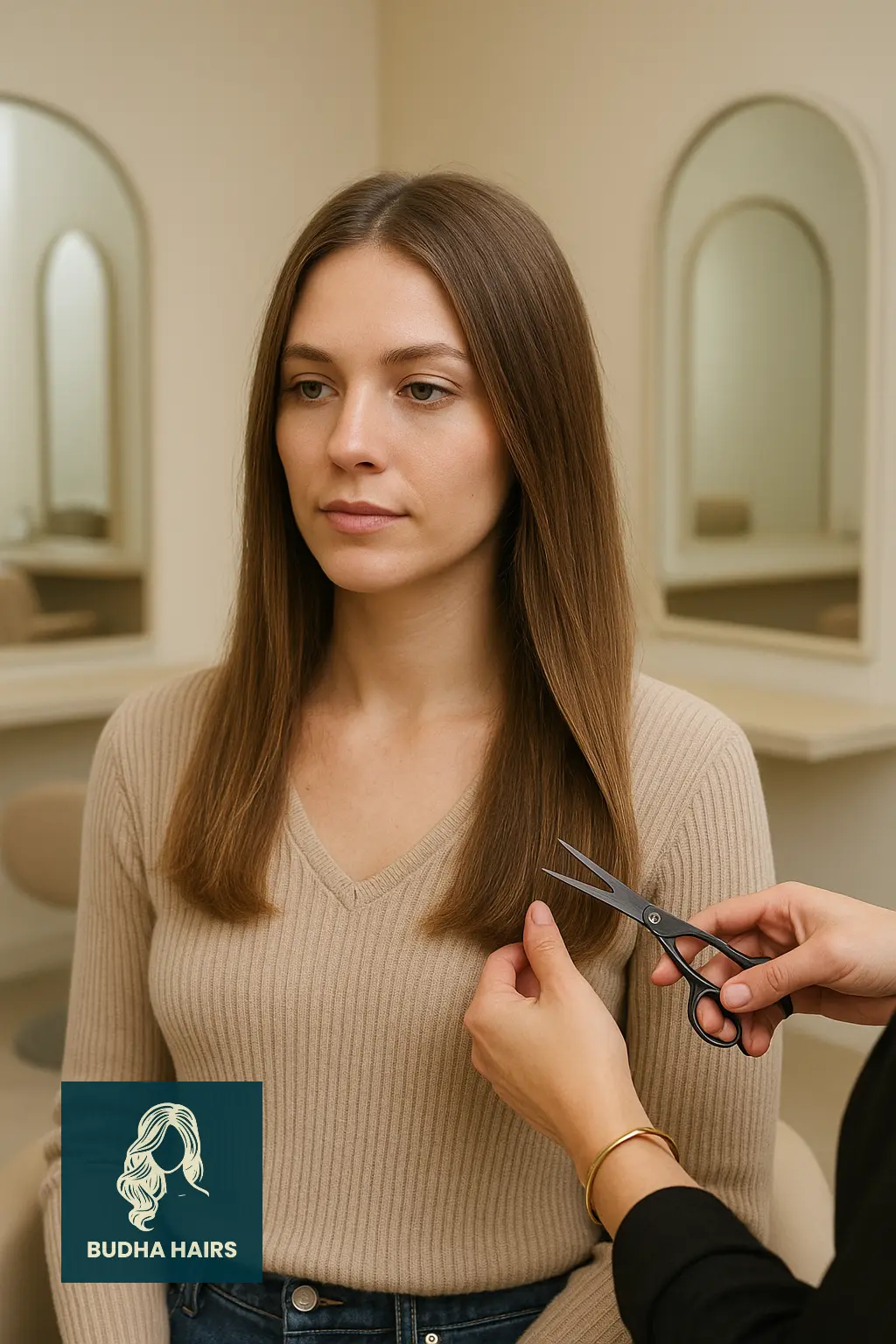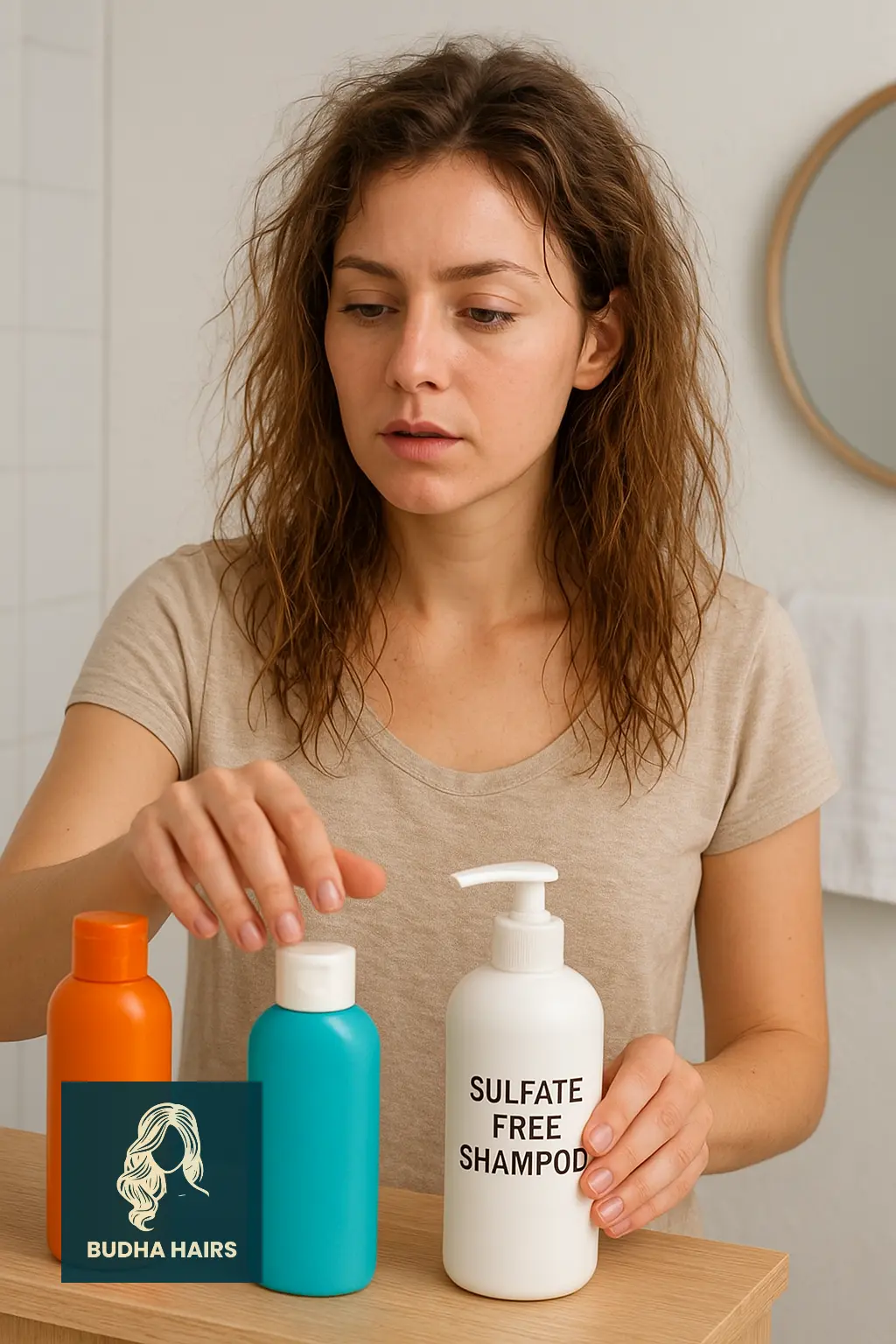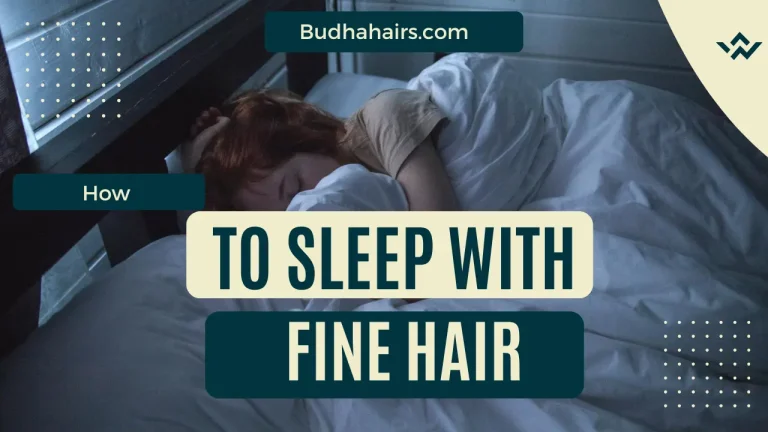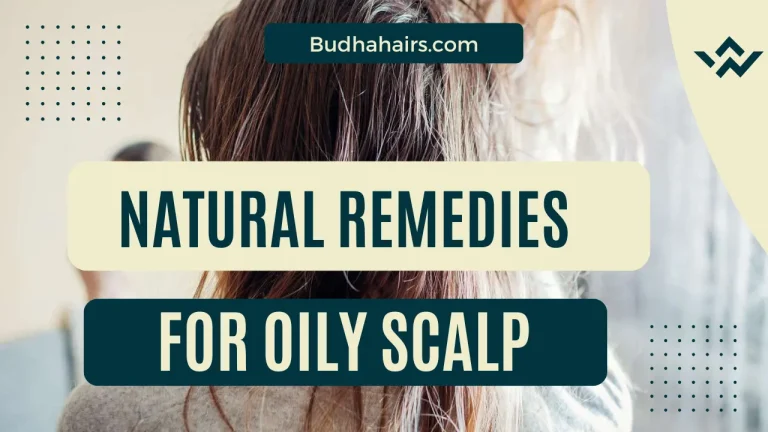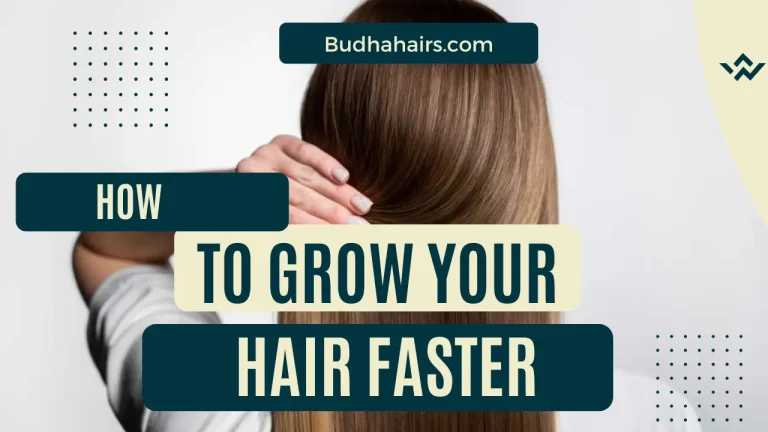Frizz is one of the most common hair concerns, especially in humid or dry climates. If you’ve ever wondered how to reduce frizz in hair, you’re not alone. Many people struggle with maintaining a sleek, manageable look due to environmental factors, hair damage, or improper care routines. In this guide, we’ll dive deep into the best ways to fight frizz naturally and effectively — without harsh chemicals.
Tips on How to Grow Your Hair Faster
If you’re constantly battling puffiness, dryness, and flyaways, you’re not alone. Millions are searching for how to reduce frizz in hair, especially in humid climates or when dealing with heat damage. In this guide, we’ll explore tried-and-tested methods, the best hair products, and lifestyle changes to help you say goodbye to frizz — for good!
Hydrate with a Sulfate-Free, Moisturizing Shampoo and Conditioner
One of the most effective answers to how to reduce frizz in hair is hydration. When hair is dry, it seeks moisture from the environment, which causes the cuticle to swell and frizz to form. Using a gentle, sulfate-free shampoo and a hydrating conditioner helps lock in moisture and smooth the hair shaft.
Turn Down the Heat When Styling
Excessive heat styling is a major culprit behind frizzy hair. Whether you use a flat iron, curling wand, or blow dryer, high heat can strip natural oils from your strands and raise the cuticle layer, leading to flyaways and breakage.
To reduce frizz in hair, use heat protectant sprays and choose tools with adjustable temperature settings. Aim for medium to low heat to preserve hair health.
Use a Microfiber Towel or Cotton T-Shirt to Dry Your Hair
Traditional towels can be too rough for delicate strands. The friction from terry cloth can cause hair to fray, increasing breakage and frizz.
Instead, gently blot your hair with a microfiber towel or a soft cotton T-shirt. These materials reduce friction and help preserve your hair’s natural texture.
Apply a Leave-In Conditioner or Lightweight Serum
Leave-in products are essential for maintaining moisture levels throughout the day. They create a protective barrier around the hair shaft, preventing environmental moisture from entering and causing puffiness.
Look for products that are silicone-free, lightweight, and rich in natural oils to reduce frizz without weighing it down.
Deep Condition Weekly for Lasting Moisture
A weekly deep conditioning treatment is an excellent way to restore balance to overly dry or damaged hair. It replenishes lost moisture, strengthens the cuticle, and leaves your hair softer and more manageable.
This is especially helpful if you have curly, wavy, or chemically-treated hair that’s prone to frizz.
Sleep on a Silk or Satin Pillowcase
Cotton pillowcases can rough up your hair overnight, creating knots and static that lead to morning frizz. Switching to a silk or satin pillowcase reduces friction and helps maintain smoothness as you sleep.
You can also protect your hair by wrapping it in a silk scarf or using a loose braid before bed. Frizz often worsens overnight if you’re sleeping on cotton pillowcases or wearing your hair loose. Learn how to sleep with fine hair to protect strands and minimize frizz while you rest.
Embrace Air-Drying for Healthier Hair
Blow drying might be quick, but it can zap your hair of moisture and increase frizz over time. Letting your hair air-dry naturally is a gentler option.
To avoid flatness or frizz, apply a curl cream or leave-in conditioner when your hair is damp and comb gently with your fingers.
Choose a Haircut That Minimizes Frizz
Believe it or not, the right haircut can play a huge role in how frizzy your hair appears. Ask your stylist for layered cuts that suit your texture and avoid styles that require constant heat to maintain.
Trimming your ends every 6–8 weeks also helps reduce split ends, which are a major source of frizz.
Avoid Overwashing and Harsh Products
Washing your hair too often strips it of its natural oils, leading to dryness and — you guessed it — frizz. Try limiting washes to 2–3 times per week and avoid products with sulfates, parabens, or alcohols.
Instead, opt for gentle, hydrating formulas and consider co-washing (using conditioner only) if your scalp allows.
Protect Your Hair in Humid or Windy Weather
If you’re heading out into the elements, take steps to protect your hair. Humidity is one of the biggest triggers for frizz, while wind can cause tangling and roughness.
Wearing a hat, scarf, or protective style can help maintain your smooth look all day long.
What Causes Frizz and How to Manage It
Frizz happens when the cuticle layer of your hair lifts, allowing moisture from the environment to enter the strand and disrupt its texture. The root causes often include:
- Lack of hydration
- Excessive heat styling
- Rough handling during drying or brushing
- Chemical treatments
- Environmental stressors like humidity
If you’ve been wondering how to reduce frizz in hair, the key lies in consistent, gentle care. Building a frizz-fighting routine — from shampoo to pillowcase — can make all the difference in keeping your locks smooth, defined, and healthy.
Dealing with frizz is already frustrating—but if you also have a sensitive scalp, the wrong hairstyles can make it worse. Luckily, there are plenty of gentle options that reduce tension and help manage frizz at the same time. Check out this list of hairstyles perfect for a sensitive scalp to keep your hair healthy and stress-free.
FAQs: How to Reduce Frizz in Hair
Conclusion: Your Frizz-Free Hair Journey Starts Now
If you’ve been searching for real solutions on how to reduce frizz in hair, the answer lies in a consistent and gentle hair care routine. From hydrating shampoos and cold rinses to satin pillowcases and smart haircuts, every small change adds up. Embrace a holistic approach that nourishes your strands from root to tip — and say goodbye to frizz for good!

I’m Budha Styler, a hair enthusiast who loves creating beautiful, confidence-boosting looks that feel true to who you are. I’m passionate about exploring new trends, techniques, and textures, and I enjoy turning that knowledge into simple, inspiring ideas anyone can try. Through my work, I hope to help you express your unique style, feel amazing in your own hair, and discover everyday looks that make you shine.
